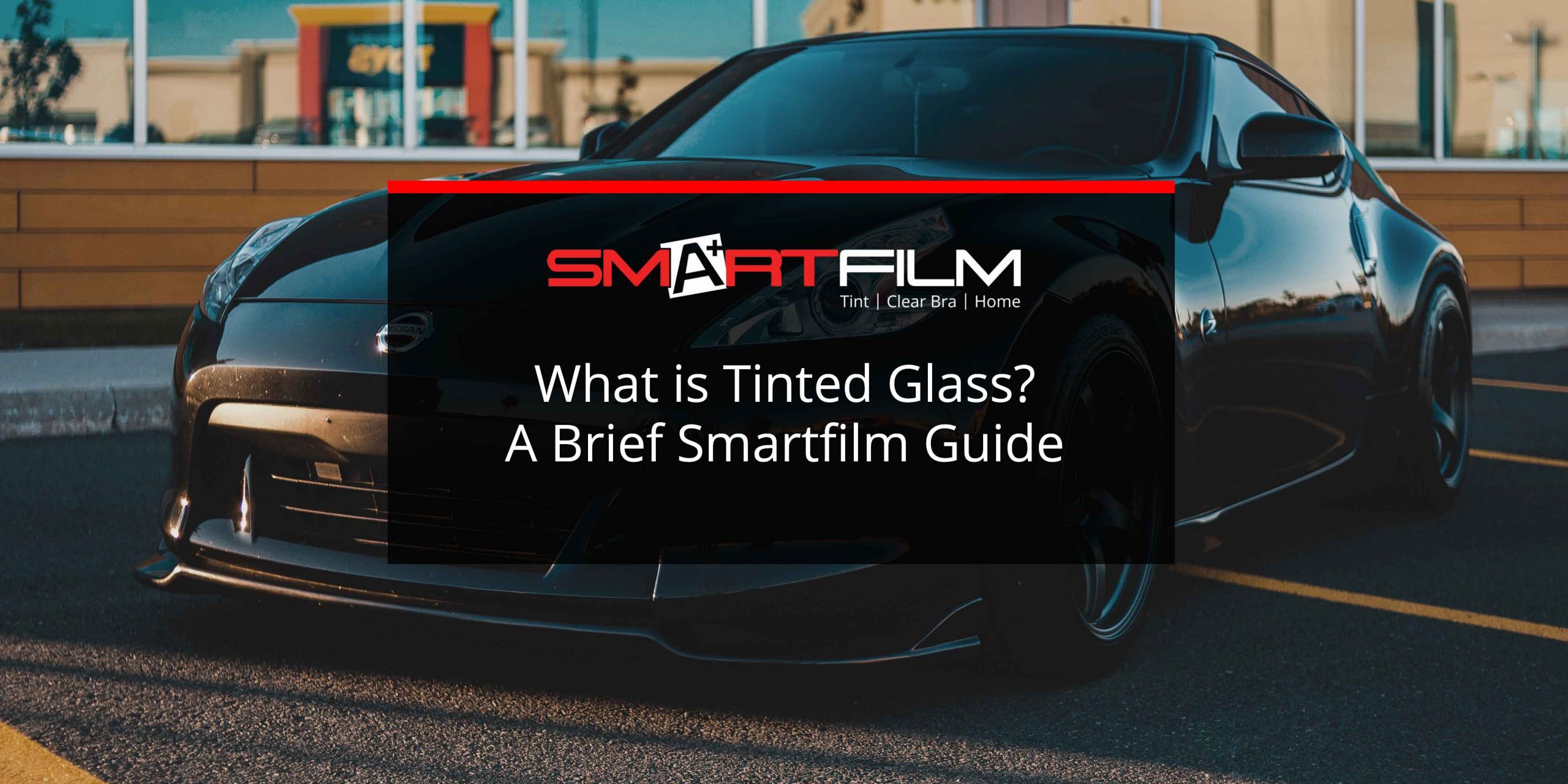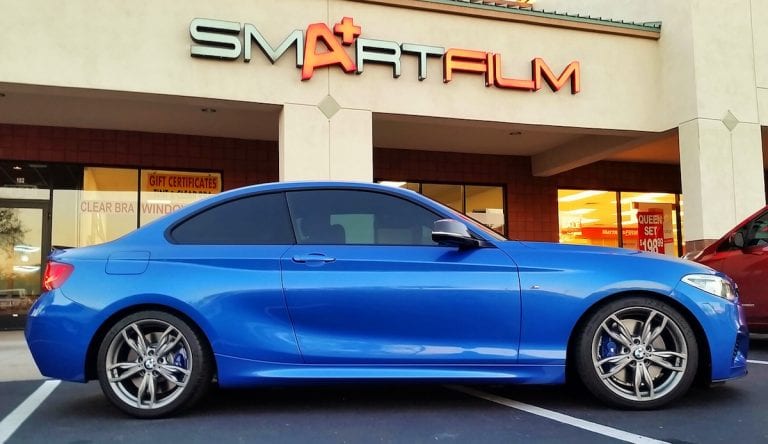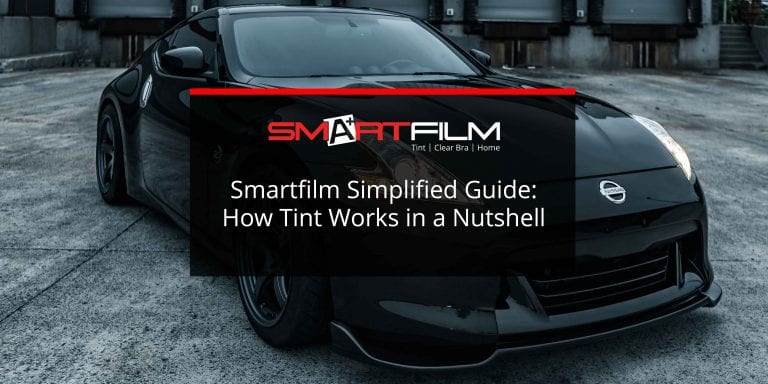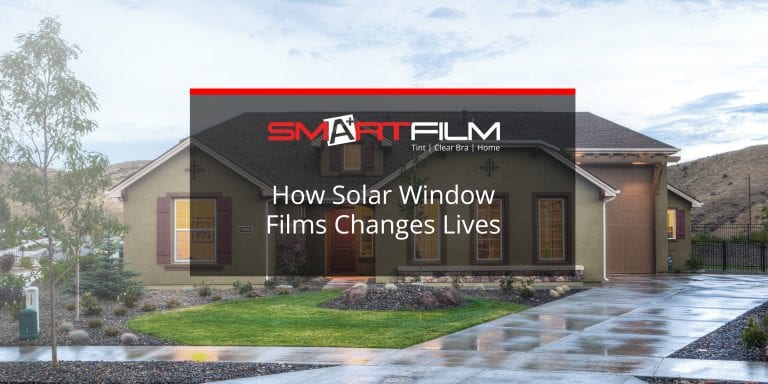What is Tinted Glass? A Brief Smartfilm Guide
All window tint used on vehicles is the same, right? Actually no, nothing could be further from the truth. So, if you are wondering what is tinted glass exactly, here is a Smartfilm guide to help you better understand vehicle window film. Hopefully, after reading this article, you can make an informed decision the next time you have a vehicle tinted.
Not all tinted glass is the same
If you’re like most people, you probably assume all vehicle window tint is the same. Sure, it comes in different shades of darkness, and maybe even varying levels of reflectivity, but it’s basically all the same, right? Actually, no. The truth is that the world’s ever-advancing technology has created significant differences that are important for you to understand before getting window tint put on your next vehicle.
The evolution of window tint film
Let’s begin this vehicle window tint guide with a little history of the evolution of automotive tinting. At one time, and not that long ago, vehicle window tint fell primarily into two simple categories; basic dyed polyester window film and window films with a metalized coated glass layer.
First, you had the basic dyed polyester film. This was typically inexpensive and just gave your windows the tinted appearance you were looking for without much in the way of performance. These dyed films often had a limited lifespan. Typically, they would begin turning purple after three to five years of sun exposure. We are sure you have noticed examples of this type of film driving around. Many times, this film looked great the day it was installed and then slowly faded to the undesirable purple.
The other vehicle tint option was metalized film that integrated a layer of metal to the dyed polyester. This gave the tinted look while reducing heat gain. These films cost more than dyed films and were considered the upgrade option in most shops. The performance was better and the film lasted longer because of the metal layer.
Unfortunately, for many years, these were the only two window tint options someone had when wanting to get their vehicle’s windows tinted. The supposed good dyed film and the better option of metalized film. Neither was truly ideal.
Tinted glass today
Unlike traditional window tint that needs to be darker or metallic to achieve any real significant performance, this new film reduces heat and visible light transmission through infrared blocking technology. This enables them to even be nearly clear and still block a significant amount of heat.
Another important note is that these films create a protective barrier, reducing the amount of the sun’s damaging UV rays for both your skin and the cabin of the vehicle. Studies show the incidence of skin cancer among passengers corresponds directly with the side of their body exposed to the window.
Conclusion
So, as you can see, not all vehicle tint is created equal. Understand the film technology they use so you can make an informed decision for your car. Often, if you just ask to have your vehicle tinted a specific shade, a shop may use a basic dyed film to give you the look requested. This may give you the look you want, but you may miss out on the performance you could have had.
If you need a car windows tint installation, visit our website, and let our experts help you today.







